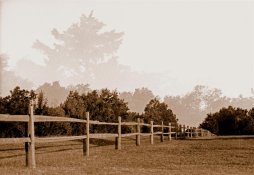Markster
Member
Say you want to hypothetically double expose a negative, to super impose 2 images on the same film.
What's the rule with light on the film? You use 1/2 of the light setting for each exposure? Or is it more like 2/3? I would imagine that exposing both at full light would blow out the end product a bit.
Just curious. Probably a dumb question, but it came to mind today.
What's the rule with light on the film? You use 1/2 of the light setting for each exposure? Or is it more like 2/3? I would imagine that exposing both at full light would blow out the end product a bit.
Just curious. Probably a dumb question, but it came to mind today.



